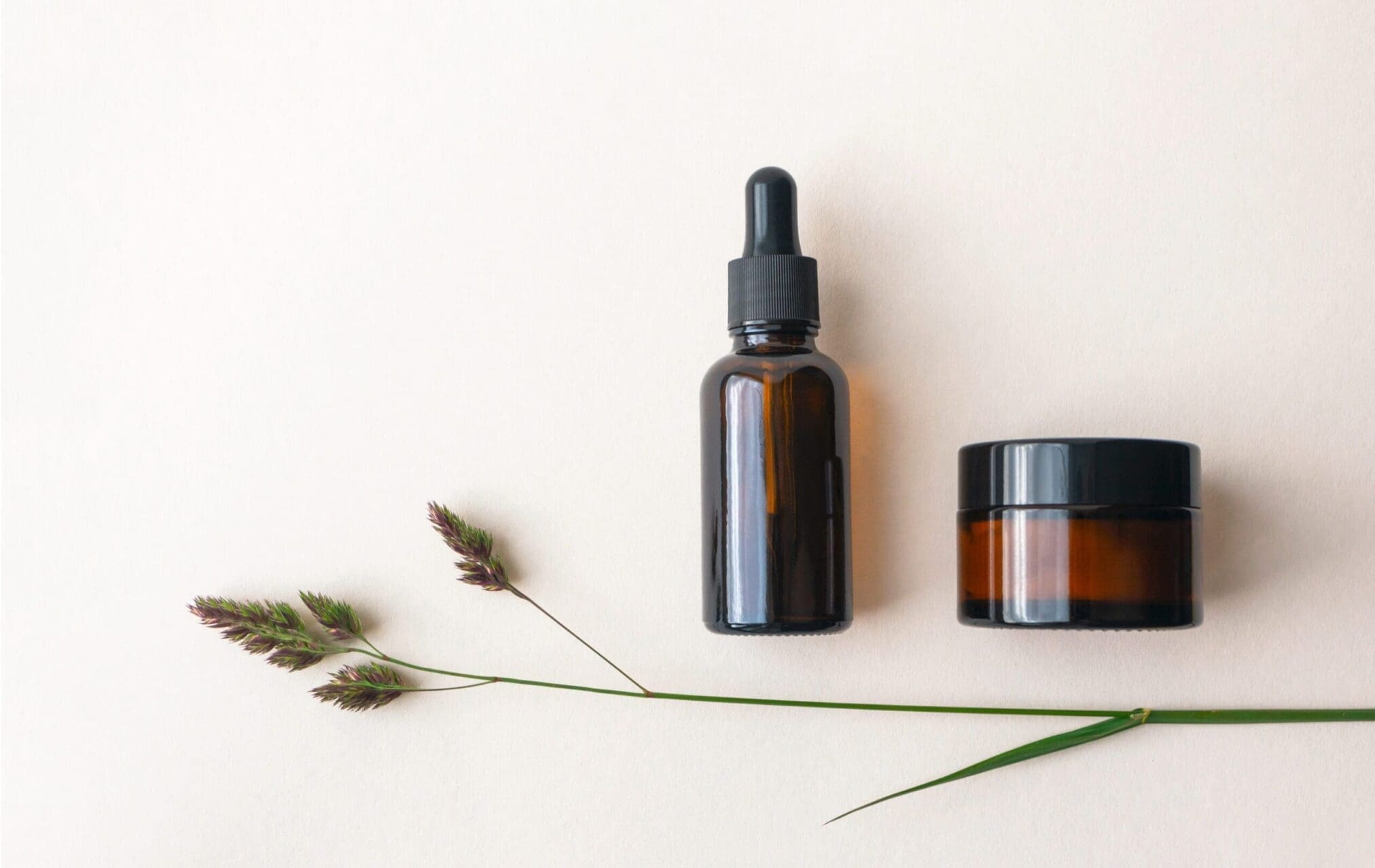The Safety Assessment Report (SAR), also known as part B of the Cosmetic Product Safety Report (CPSR), is a toxicological assessment of a cosmetic product performed by a qualified Safety Assessor. To simplify, it is a document that confirms whether a cosmetic product is safe according to the EU regulatory framework.
Article 10 of the EU Cosmetics Regulation provides that “the cosmetic product safety report is kept up to date in view of additional relevant information generated subsequent to placing the product on the market” (EC, 2009). It implies that the SAR must be revised when there are changes in the finished cosmetic product (e.g., new formula) and when there are updates in the law, such as new restrictions (e.g., allowed concentration, type of products, …) or even bans on ingredients.
What can happen if I do not update my SAR?
Updating your Safety Assessment regularly ensures your cosmetic products are still compliant and avoids potential issues with the Competent Authorities (CA). CA might order the recall of non-compliant products and their registration on Rapid Exchange of Information System, known as RAPEX, which is a publicly accessible database that collects information about unsafe products within the European Union. To sum up, you should update your SAR regularly:
– To ensure the smooth commercialization of your cosmetic products;
– To demonstrate constant compliancy with the EU law
– To avoid reputation damage resulting from registration on RAPEX.
How often should I update my SAR?
The Regulation is updated several times a year, especially regarding substances included in the Annexes. For instance, in 2022, to name the most relevant updates, the European Commission
– Banned 23 new ingredients through Omnibus Act IV;
– Further restricted Methyl-N-methylanthranilate;
– Will prohibit additional 14 raw materials and 12 nanomaterials and limit the use of Methyl Salicylate by the end of the year, as notified to the World Trade Organisation (WTO).
It is clear that there is a lot to keep up with!
The EU Cosmetics Regulation does not specify how often you have to revise the Safety Assessment. It only says that it has to be kept up to date. However, we believe that a reasonable period to renew the Safety Assessment is every 2- 3 years.
Evidently, in case of changes in the cosmetic product itself, the SAR must be renewed immediately.
Do you want to ensure your cosmetic products are compliant? Contact us!
Francesca Santacatterina
Publications Department
30/05/2022
References:
– World Trade Organisation. (2022). Notification G/TBT/N/EU/872. Retrieved on 01/06/2022 from https://docs.wto.org/dol2fe/Pages/SS/directdoc.aspx?filename=q:/G/TBTN22/EU872.pdf&Open=True
– World Trade Organisation. (2022). Notification G/TBT/N/EU/869. Retrieved on 01/06/2022 from https://docs.wto.org/dol2fe/Pages/FE_Search/FE_S_S009-DP.aspx?language=E&CatalogueIdList=280593,280595,280603,280604,280579,280583,280584,280586,280587,280588&CurrentCatalogueIdIndex=3&FullTextHash=&HasEnglishRecord=True&HasFrenchRecord=True&HasSpanishRecord=True
– European Commission. (2009). Regulation (EC) No. 1223/2009 of the European Parliament and of the Council of 30 November 2009 on cosmetic products. Retrieved on 30/05/2022 from https://eur-lex.europa.eu/legal-content/EN/TXT/PDF/?uri=CELEX:02009R1223-20190813&from=EN


